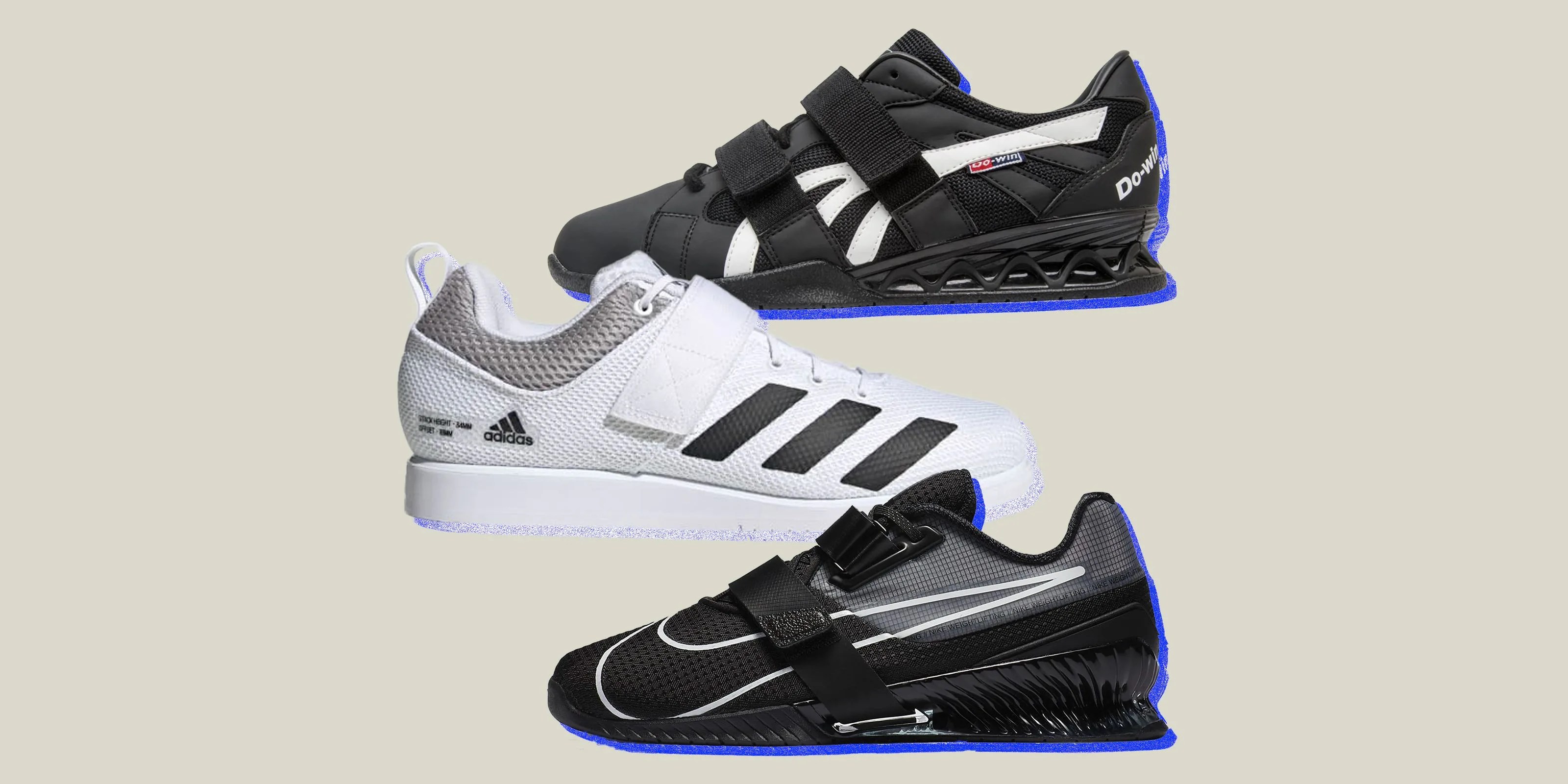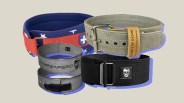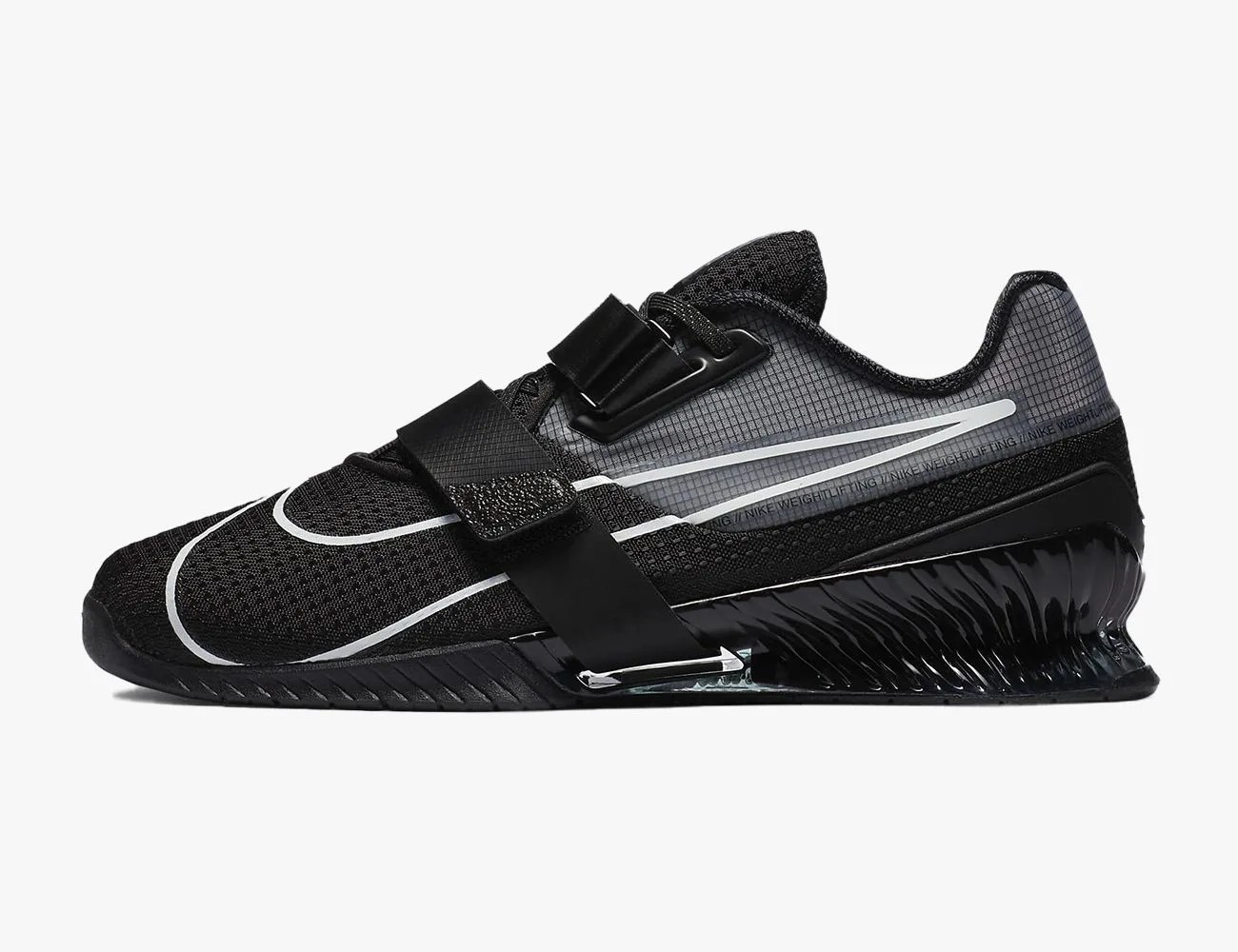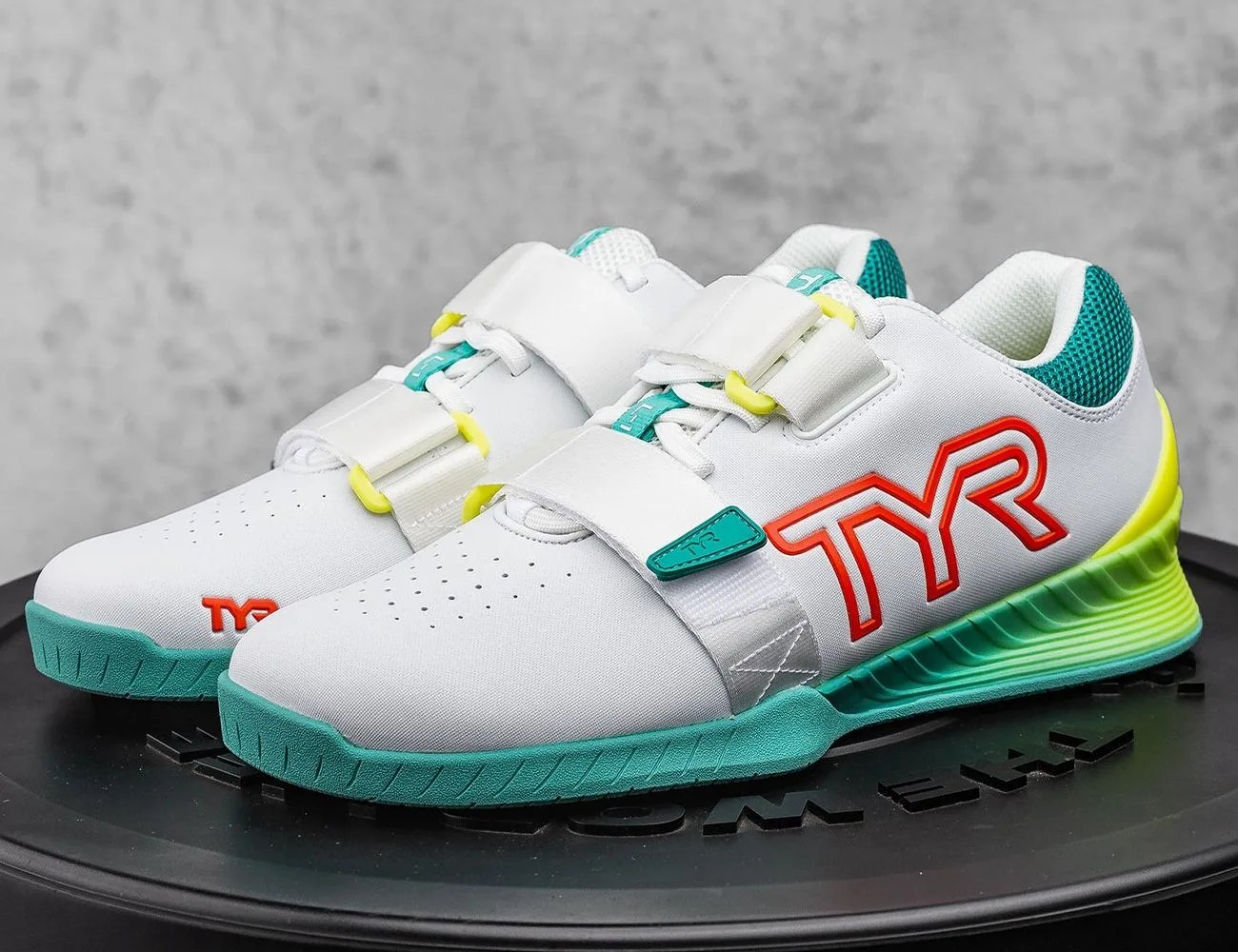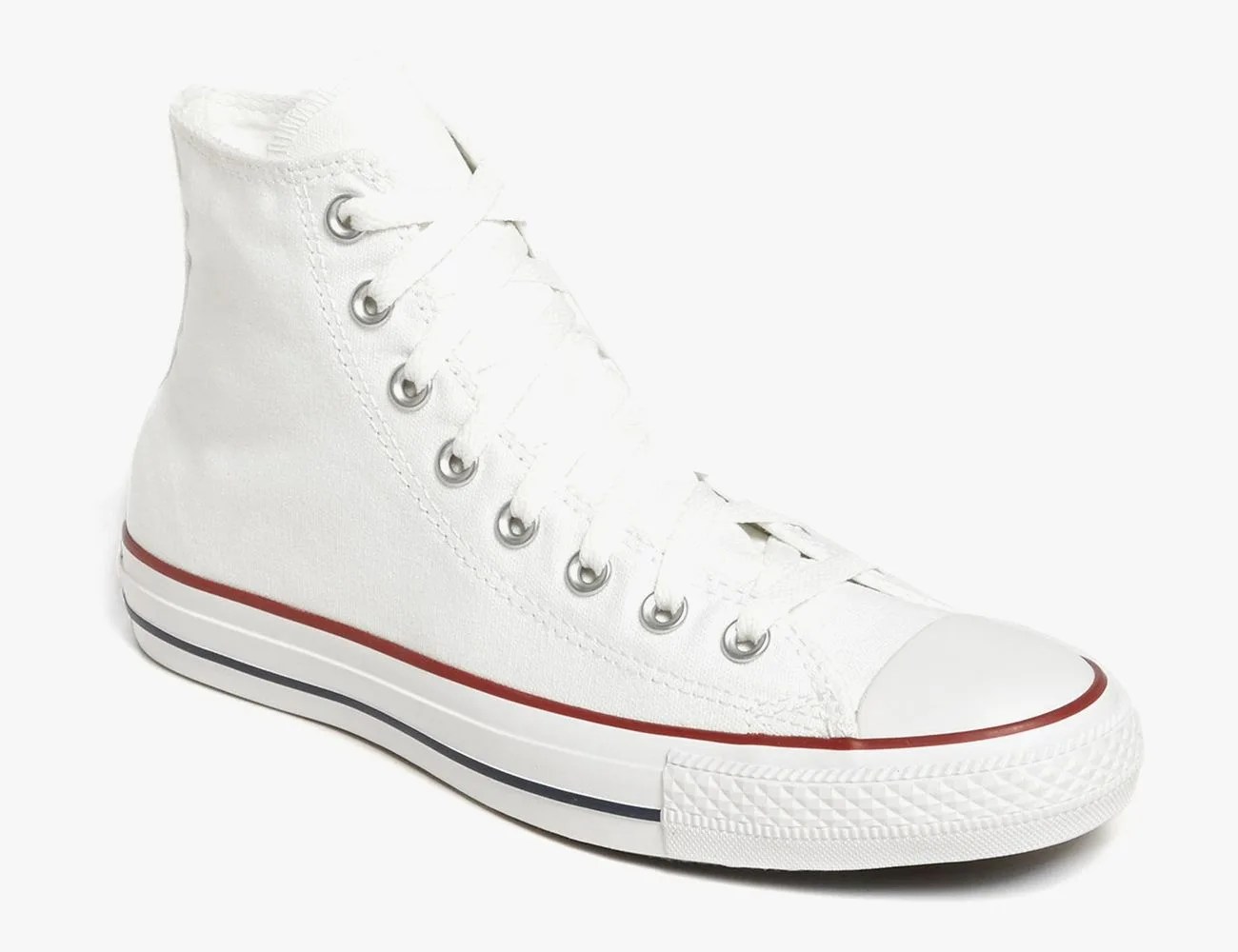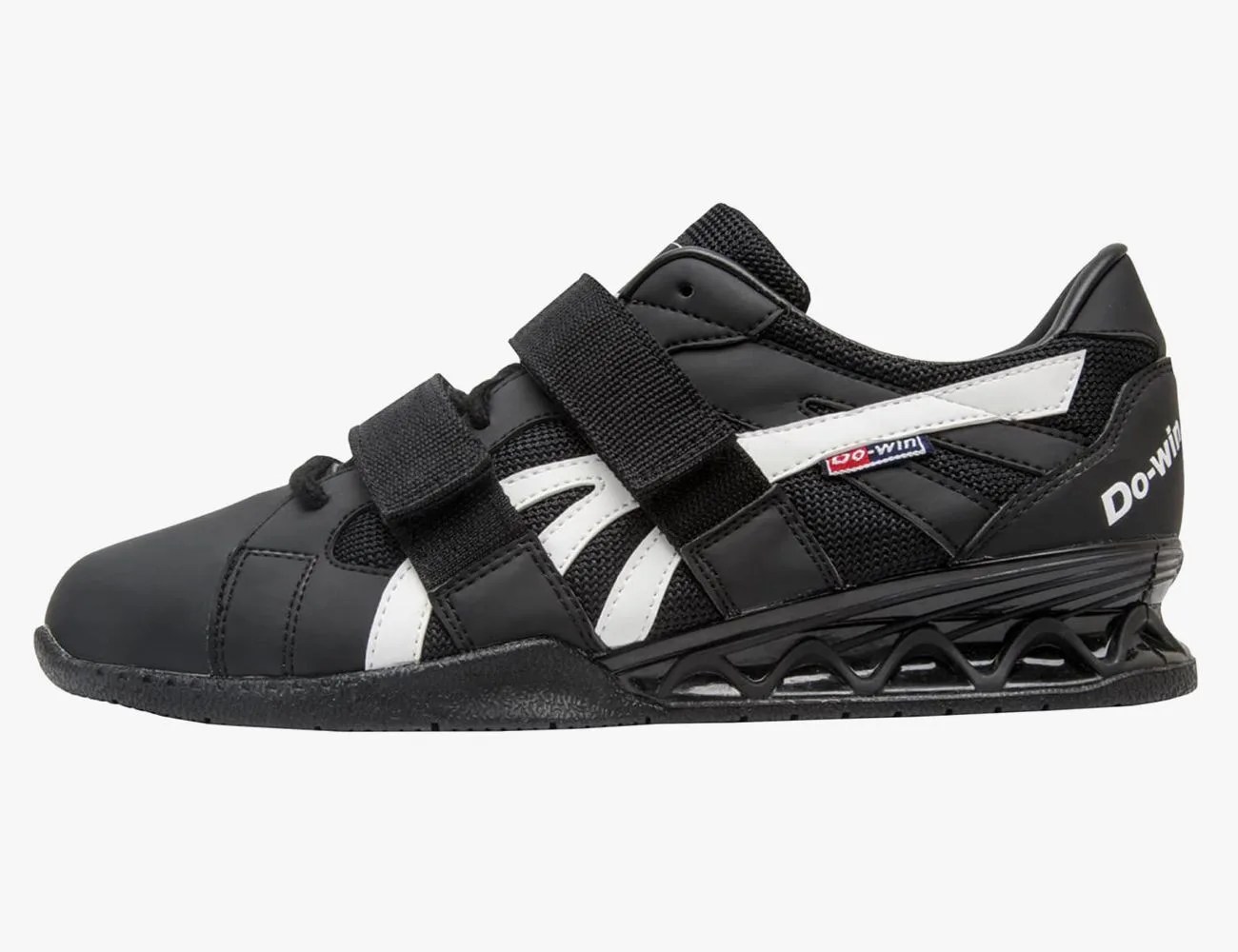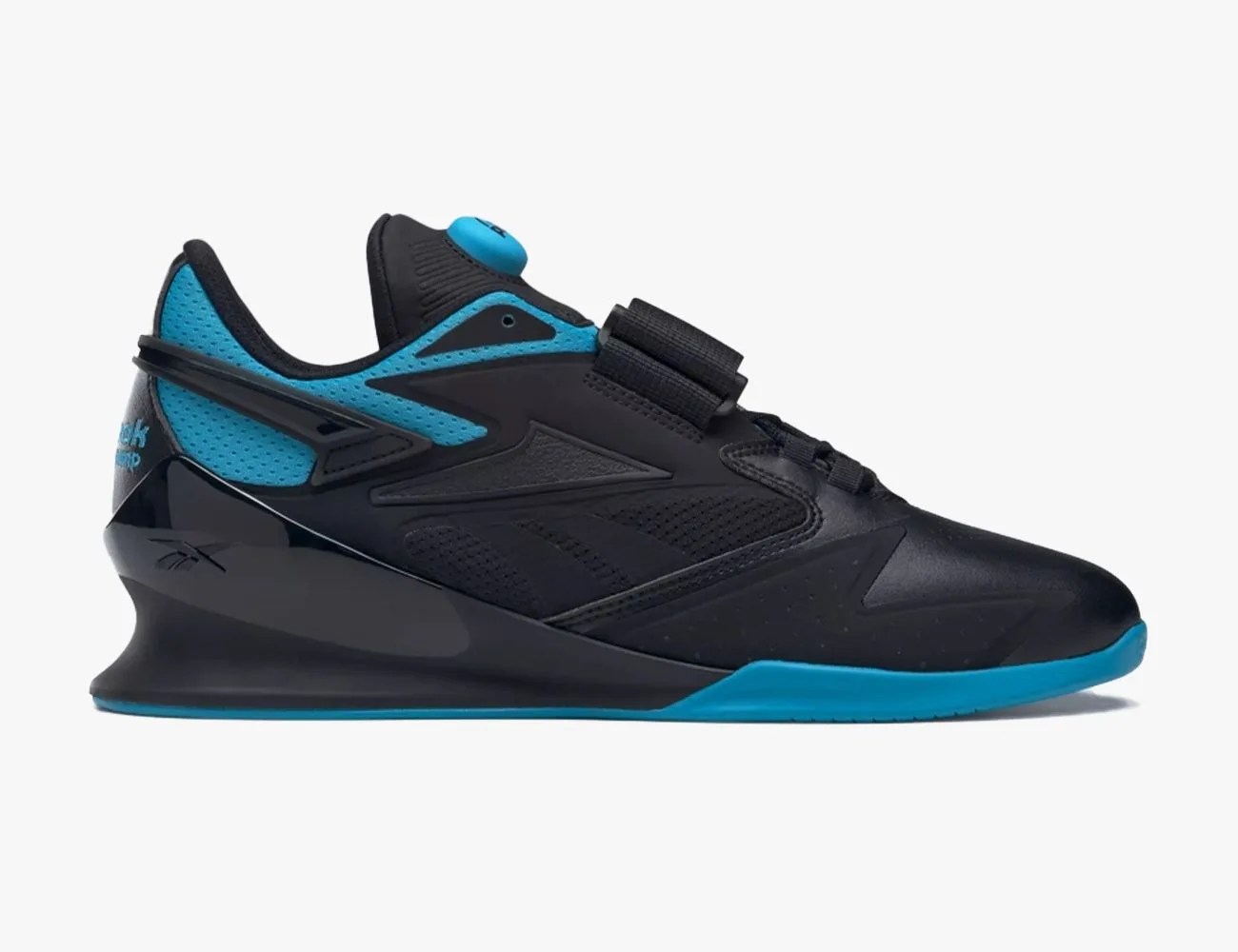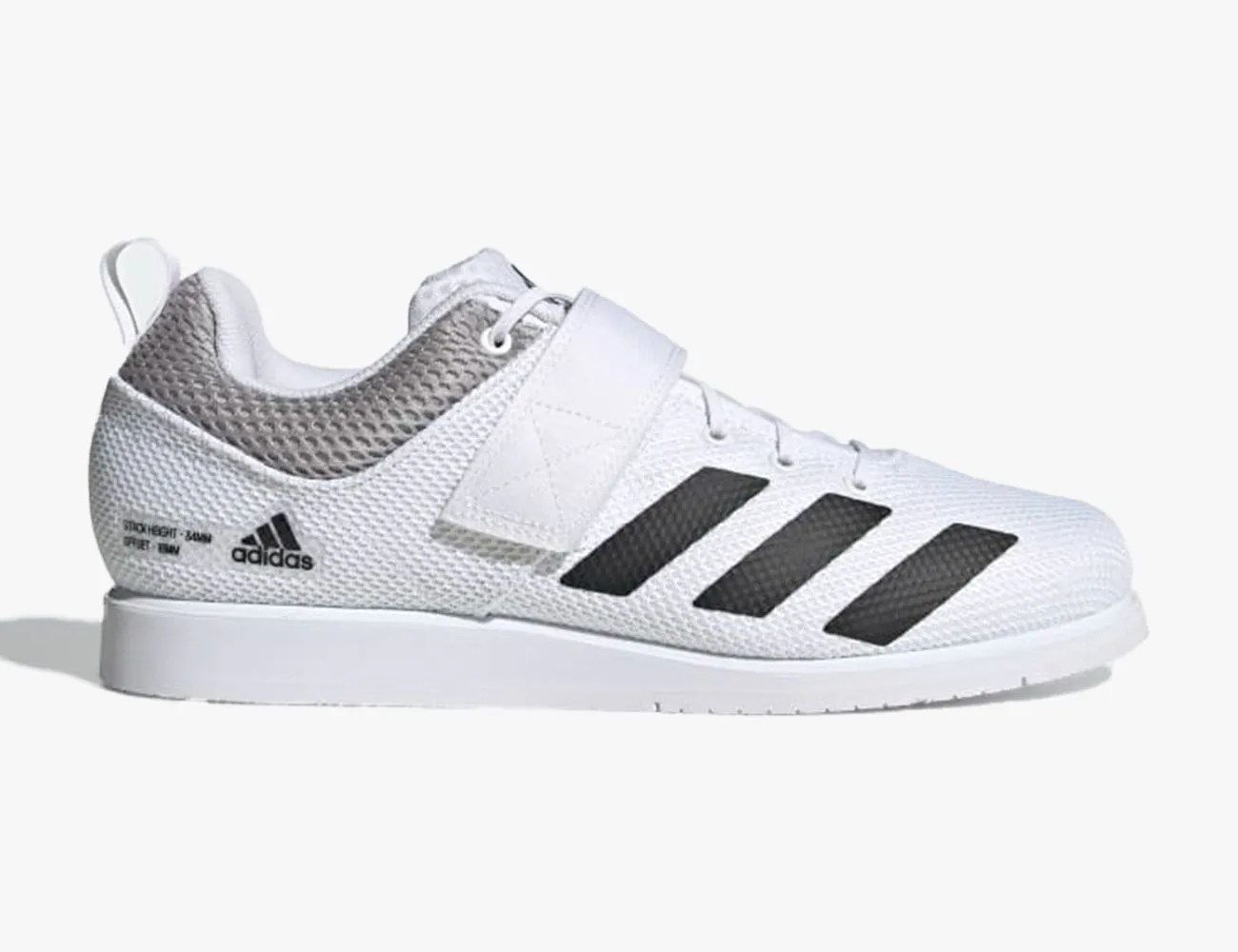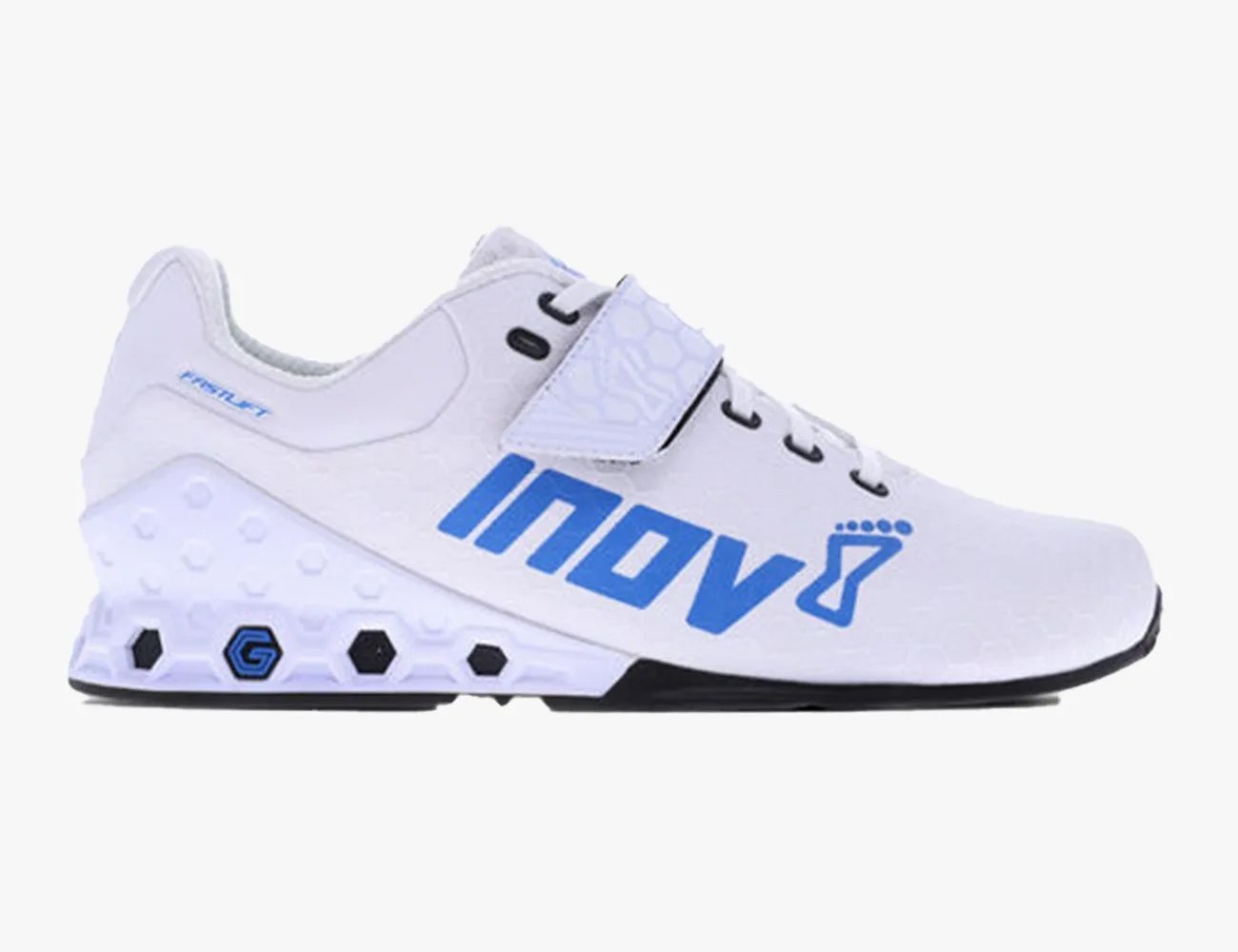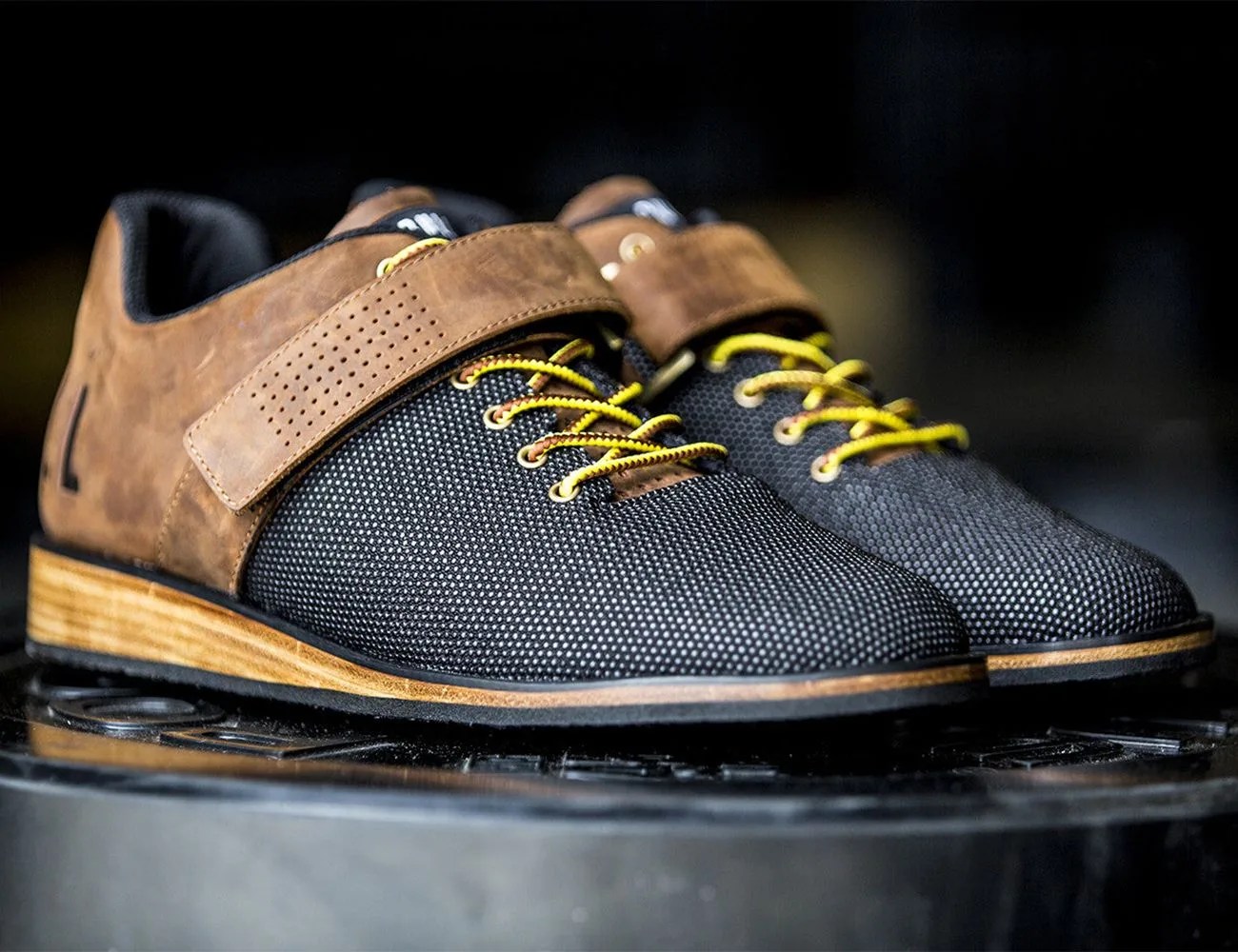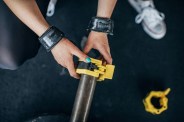Having the right tools for the job is always ideal — and when it comes to strength training, there’s no better example of this notion than footwear. While your gym shoes may be fine for a number of lifts and exercises, more complicated movements like the back squat, snatch or clean and jerk can leave you wanting a little more out of your kicks.
If your training has surpassed those beginner gains and you’re looking to up your strength with these more advanced movements, you may benefit from upgrading your gym bag with a quality pair of weightlifting shoes. Designed for optimal stability and ankle flexion, these high-performance sneakers can take your PRs to new heights with comfort and support in-tote. Just like your versatile training sneakers for do-it-all sessions, however, not every footprint can deliver the same results.
Products in the Guide
-
Nike Romaleos 4
BEST OVERALL WEIGHTLIFTING SHOE
Read more -
TYR L-1
BEST UPGRADE WEIGHTLIFTING SHOE
Read more -
Converse Chuck Taylor All Star High Top
BEST BUDGET WEIGHTLIFTING SHOE
Read more -
Do-Win Weightlifting Shoes
BEST WEIGHTLIFTING SHOE FOR BEGINNERS
Read more -
Reebok Legacy Lifter III
BEST WEIGHTLIFTING SHOE FOR OLYMPIC LIFTS
Read more -
Adidas Powerlift 5
BEST WEIGHTLIFTING SHOE FOR POWERLIFTING
Read more -
Inov-8 Fastlift Power G 380
BEST WEIGHTLIFTING SHOE FOR CROSSFIT
Read more -
Nobull Lifter
MOST STYLISH WEIGHTLIFTING SHOE
Read more
Maybe you’re more involved with Olympic weight training and want a silhouette that’s stable enough for those gold medal performances. Maybe you’ve taken a liking to powerlifting and need a kick for getting the most out of those big three lifts. Maybe you’re just wanting some added stability for squat days and want to really hone in on conquering those training plateaus. While the list of weightlifting shoes can be difficult to digest for newcomers, there’s no need to fret — we can provide a spot.
How We Tested
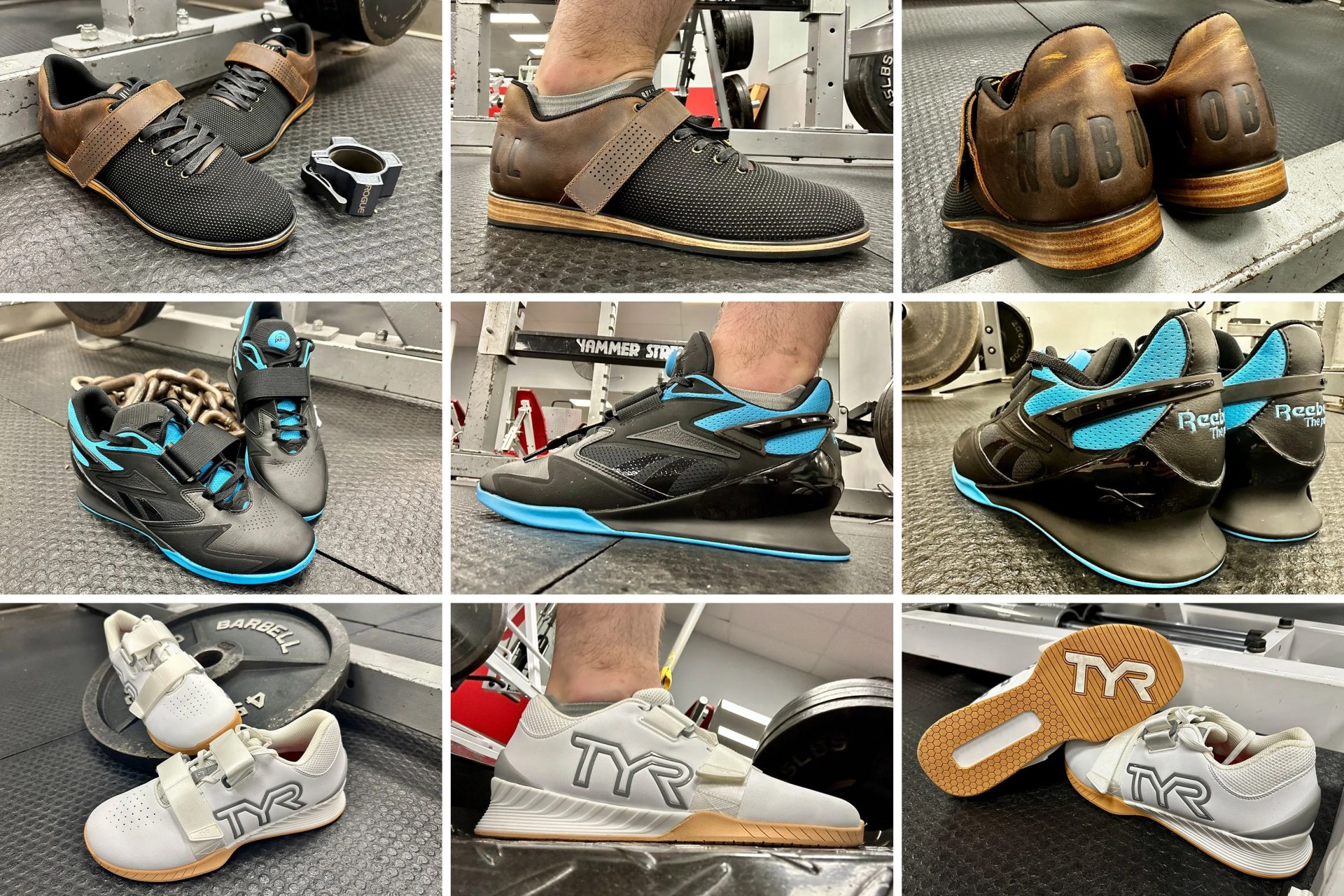 Ben Emminger
Ben EmmingerI’ve been lacing up in weightlifting shoes for a while now and have experience with a number of the below picks. I typically follow a powerlifting-centric workout regimen and use weightlifting shoes mostly for stability and support during squats, but I’ve also taken in a few Olympic weightlifting sessions with the below picks to get a feel for their versatility and performance in more dynamic movements. Notes surrounding lockdown and stability were heavily examined in curating this roundup, as well as each sneaker’s traction atop varying training platforms and overall comfort across the midfoot and toes. Plus, I looked at each silhouette’s heel-to-toe drop to see how aggressive an angle I’d be sitting at in my lifting stance. This measurement can greatly influence where each profile fits best in terms of weightlifting modality, so I’ve bulleted the statistic for each sneaker below.
